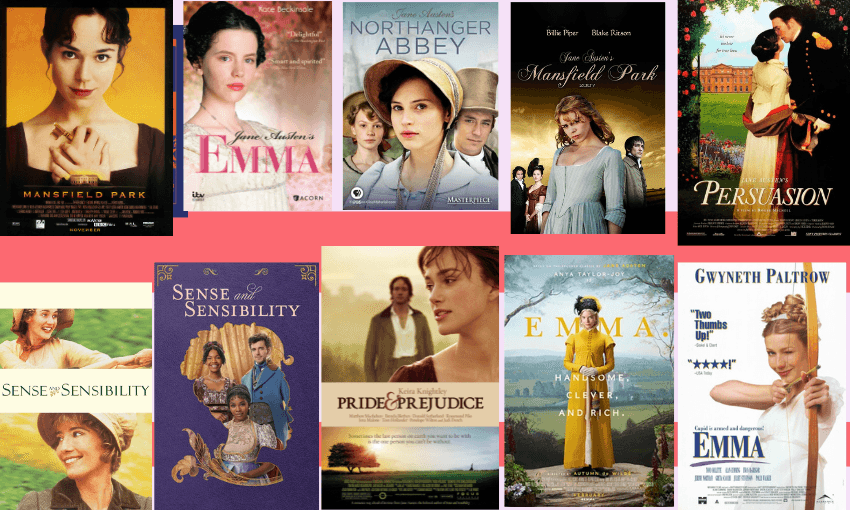Tina Makereti has won the Landfall Essay Competition for 2022 with a powerful exploration of her personal experience of breast cancer, sickness, wellbeing, work and stress. Here we share an excerpt from it.
“This essay is a way for me to make meaning from my experience of cancer, to laugh about it, and to ask questions about what we’re missing when we think about sickness and wellbeing.” – Tina Makereti
“It is one thing to say that we need to address the conditions that cause such high rates of stress. It’s much deeper and more imperative to say, instead: we need to address the conditions that cause particular races, genders, sexualities, and classes to suffer from the stress that causes such high rates of cancer. We’re in the realms of mortality now, where political rhetoric and the culture wars don’t fucking matter: these are the conditions that cause terminal illnesses.” – Lynley Edmeades, Landfall editor and competition judge
Lumpectomy
For a while, I call her Frankenboob. After surgery, she has three gnarly scars, if you count the one in the armpit where the sentinel lymph nodes were removed, which I do, plus another lighter mystery wound where something else happened, who knows what. She is also bright blue in one big patch, from the radioactive substance they injected to find the sentinel nodes—a sentence I can’t write without thinking of The Matrix. Much later, when I’m beginning radiotherapy, they explain there are titanium clips throughout Frankenboob too, placed there by the surgeon to indicate where cancer has been, or is likely to develop, so they can boost the area with extra beams of targeted radiation if they deem necessary, which they do, since I am young. One of the surprise benefits of cancer is how often people tell me I’m young. The oncologist and the registrar share an affectionate giggle when they note how blue my breast remains several weeks after surgery. They are both immigrant women, and I’m pleased to be in their company. This is what women can do, no matter where we’re from, laughing about a blue boob— with no men to concern us.
It started, as it always does, with a lump. And then a mammogram, which showed nothing untoward, according to the attending doctor. It was the technician doing the follow-up ultrasound who identified some problematic masses, which meant she had to consult with the mammogram doctor and he had to have a feel. Having started the day thinking the appointment was going to be routine, I hadn’t shored myself up for some invasive touching, so it was deeply alarming, but at subsequent visits, I get used to it. The appointments always go like this: can I feel it? Did a mammogram find it? Did you find it? No, I always reply, the mammogram didn’t find it. Yes, it was me. No, I wasn’t doing a routine check. Maybe I was showering, or tweezing or something, I can’t remember. One day it was just there.
‘We always do a biopsy when we find masses like this,’ the mammogram doctor said, in such a reassuring way that I assumed everything was fine. By this point I was pretending very hard that nothing was happening anyway, so I quietly chose to ignore the technician’s expression.
At the time, it seemed unlikely. No one in my family has had breast cancer.
I breastfed two children for nearly two years each, smug in the knowledge that this would decrease the likelihood of getting it. In 2020, I spent a large amount of money on an integrative medical doctor who conducted a barrage of tests to try to pinpoint the cause of my chronic stress and ongoing fatigue (aside from, you know, work). We tested my blood and my breath and my poop, re-engineered my diet and took inventory of my life from birth. There were some red flags in that, to be sure, but no cancer.
For a few days, I went on with my life. I was too busy to worry. Then my GP called and left a message in a sad voice saying she was there if I wanted to discuss anything. She ended the call with “I hope you’re okay.” I was suddenly, alarmingly, not okay. I called her back, and she patiently answered my questions, both of us somewhat concerned that the mammogram doctor hadn’t made it clear that there were definitely Things To Worry About. A day or so later I received the first report of many via the Manage My Health website. “Findings here are probably malignant”, it said for one lesion, “this is also suspicious for malignancy” it said for the other. Despite my propensity for optimism and my denial that this could possibly be happening, I knew it was unlikely to be wrong.
“I love my breasts,” women with breast cancer often say when explaining their decision to seek breast-conserving surgery or have reconstructive surgery. I know that one of the reasons I found it hard to imagine that I had breast cancer, one of the reasons I wasn’t entirely sure I believed it even when I was having treatment for it, is that my breasts have been, on the whole, benevolent: forces for good, not evil; nurturing not only children but relationships and body image and identity. Long before I ever contemplated the possibility of losing my own breast/s, I found that Tig Notaro joke hilarious, the one she made after her double mastectomy, about how her breasts got sick of her making jokes about their size, and decided to kill her. How else do we come to terms with murderous breasts, but to laugh?
You can read the full essay in Landfall 244 (Otago University Press, $30) which can be purchased from Otago University Press, and from Unity Books Wellington or Unity Books Auckland.



